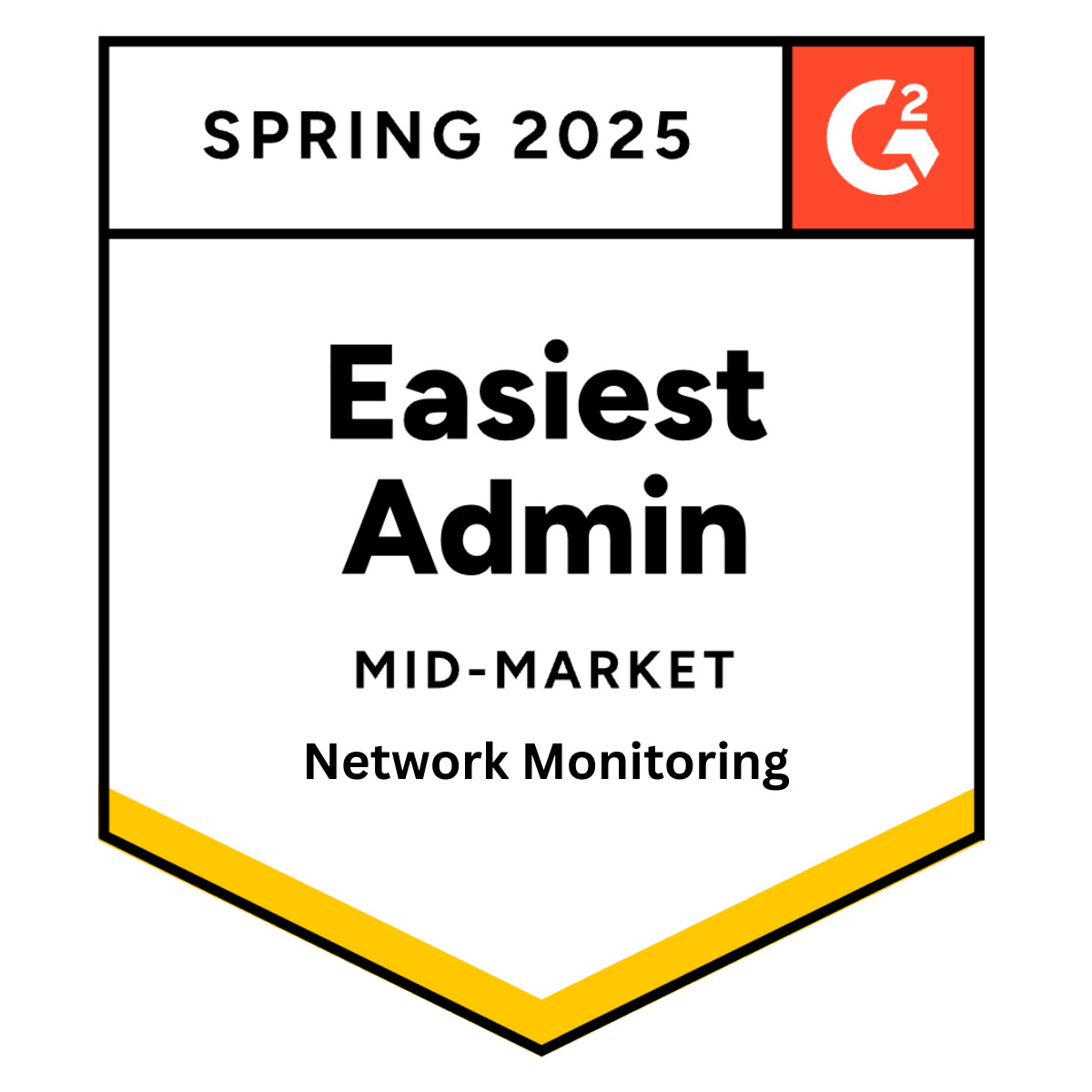
What is an IT Report? A Comprehensive Guide for SysAdmins
Wednesday 8 April, 2025

Businesses lean heavily on information technology (IT) to run smoothly and stay ahead of the competition. One vital tool for managing and optimizing IT resources is the IT report. But what exactly is an IT report and why is it so important for organizations? In this blog, we'll explore the concept of IT reports, their various types, key components and the benefits they offer businesses.
What is an IT report?
An IT report is a document that provides insights into various aspects of an organization's IT infrastructure. It can cover areas such as system performance, security incidents, compliance status, and more. Reporting for SysAdmins is essential to gain the information and insights needed to maintain the health and efficiency of IT systems.
IT reporting is vital for several reasons. It helps monitor system performance, identify potential issues before they become critical, and ensure compliance with industry regulations. Moreover, it provides valuable data that can be used to improve overall IT strategy and operations.
Types of IT reports
There are several types of IT reports that SysAdmins can use, each serving a specific purpose. Some of the most common types include:
1. Performance reports
Performance reports track the performance of various IT systems and components. They help SysAdmins identify bottlenecks, optimize resource utilization and ensure systems operate efficiently.
Key metrics in performance reports include CPU usage, memory usage, disk I/O, network throughput, application response times, server uptime and more. Monitoring these metrics allows SysAdmins to detect unusual patterns and potential performance degradation.
For instance, a sudden spike in CPU usage might indicate an inefficient process or a potential security breach. Regular performance reporting helps maintain optimal system performance and user satisfaction.
2. Security reports
Security reports offer a clear view of an organization's cybersecurity posture, detailing recent incidents, vulnerabilities and compliance with security policies. They are advanced IT reports crucial for maintaining the integrity, confidentiality and availability of IT systems.
These reports provide insights into threats such as malware infections, phishing attacks, unauthorized access, data breaches and more, including the nature of each threat, affected systems and remedial actions taken. By closely monitoring security reports, SysAdmins can strengthen defenses and protect sensitive data.
3. Inventory reports
Inventory reports list all hardware and software assets within the organization. They include essential details like purchase dates, warranty information, and current status.
These reports are invaluable for managing IT assets, planning upgrades and ensuring compliance with licensing agreements. By keeping track of your IT inventory, you can make informed decisions and keep your systems running smoothly.
4. Incident reports
Incident reports document IT-related challenges, from system failures and security breaches to user issues. They provide a detailed account of what happened, the steps taken to resolve the problem and the time it took to resolve it.
These reports are essential for understanding recurring issues and refining the incident management processes. By learning from these incidents, stakeholders can continuously improve and ensure a smoother, more secure IT environment for everyone.
5. Compliance reports
Navigating the complex world of industry standards and regulations, like GDPR, HIPAA, PCI-DSS and ISO 27001, can be daunting. Compliance reports serve as a lifeline, demonstrating adherence to these crucial standards by documenting data-handling practices, security measures and access controls.
They also include detailed audit trails, which are vital for proving regulatory compliance and avoiding fines or legal trouble. These reports provide peace of mind, ensuring the organization is protecting both itself and its clients' trust.
6. Project status reports
Project status reports provide information on ongoing IT projects, offering vital updates that keep everyone in the loop. They provide information on the project's journey, highlighting milestones reached, timelines, budget status and potential risks.
These reports help stakeholders monitor progress and make informed decisions about resource allocation. With these insights, everyone involved can feel confident and stay engaged, knowing that the project is on track and any challenges are being addressed.
Benefits of IT reporting
Effective IT reporting offers numerous benefits to organizations, including:
- Improved decision-making: IT reports provide valuable insights that help stakeholders make informed decisions.
- Enhanced performance: By identifying bottlenecks and inefficiencies, IT reports support performance optimization.
- Increased security: Regular security reports help identify and address vulnerabilities promptly.
- Regulatory compliance: Compliance reports ensure that the organization meets all relevant regulatory requirements.
- Resource management: Inventory and project status reports aid in efficient resource allocation and management.
Best practices for IT reporting
To make the most out of IT reporting, SysAdmins should follow these best practices:
- Regular updates: Ensure reports are generated and reviewed regularly.
- Customization: Tailor reports to meet the specific needs of the organization.
- Accuracy: Ensure the data included in the reports is accurate and up to date.
- Clarity: Present the information in a clear and concise manner.
- Actionable insights: Focus on providing actionable insights that can help improve IT operations.
Introducing Pulseway’s IT reporting module
Pulseway’s IT reporting module, both powerful and user-friendly, is designed to provide comprehensive insights into your IT environment. One of its standout features is its ability to create custom reports. Whether you need to focus on security, performance or compliance, Pulseway’s enhanced reporting capabilities cover everything.
Here are some features of Pulseway’s reporting module:
- Display detail like never before: Pulseway’s Advanced Templates give you the parameters to present data to your clients from more sources and across more parameters than ever before, allowing for unparalleled detail and clarity in your reports.
- Extensive template library: Expand your range of reporting with a library of 28 easy-to-use advanced templates. These templates cover critical areas, such as status, compliance and performance, ensuring you have the right tools to convey important information effectively.
- Report more in less time: The updated reporting functionality allows you to reduce your report preparation time by 30%. This efficiency gain means you can focus on scaling your business and improving outcomes, all without requiring additional technician time.
- Manage reporting on the go: With the Pulseway mobile app, you can manage reporting anytime, anywhere. This flexibility ensures you can demonstrate your IT outcomes to clients, showcasing your expertise and the value you provide.
Conclusion
Unlock unparalleled visibility and control over your IT environment with Pulseway's reporting feature. Get real-time insights, streamline decision-making and stay ahead of potential issues effortlessly. Experience the future of IT management today — book a demo!
Share this post
Related Posts
Join the Ranks of Satisfied Customers and Experience the Pulseway Difference Today.








